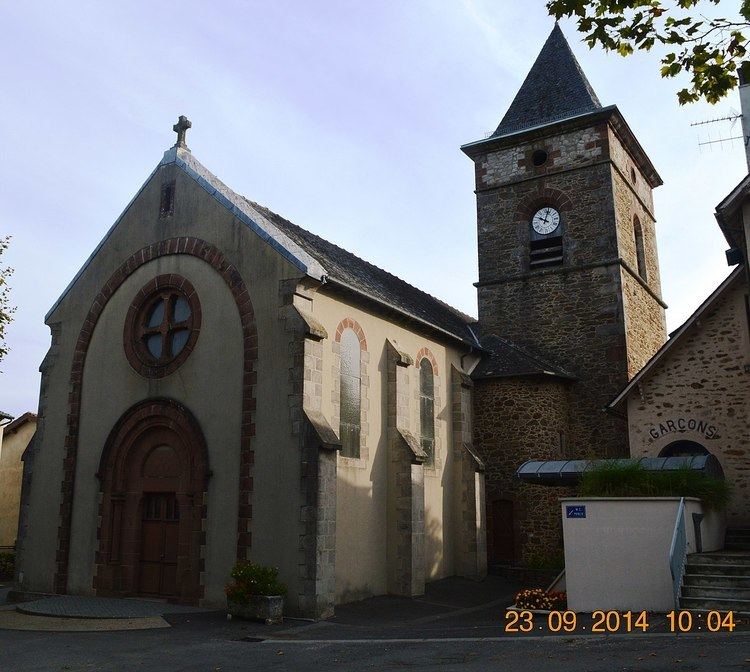Intercommunality Vallée du Lot Area 23.75 km² | Region Occitanie Canton Decazeville Population (2014) 484 Local time Sunday 6:14 PM | |
 | ||
Weather 9°C, Wind W at 6 km/h, 62% Humidity | ||
Almont les junies 13 mai 2011
Almont-les-Junies is a French commune in the Aveyron department in the Occitanie region of southern France.
Contents
- Almont les junies 13 mai 2011
- Map of 12300 Almont les Junies France
- Geography
- History
- Administration
- Demography
- References
Map of 12300 Almont-les-Junies, France
The inhabitants of the commune are known as Junhalmontois or Junhalmontoises
Geography
Almont-les-Junies is located some 20 km east of Figeac and 40 km north-east of Rodez. The commune can be accessed by road D508 which runs east from Flagnac through the commune and changes to road D606 before exiting east and forming the south-eastern border as it runs south-east to Noailhac. The D183 road also runs through the south of the commune running west to east. The village can be reached by a number of country roads which cover most of the commune. The most direct perhaps is the Graville-et-Courbies road which runs south from the D508.
The commune contains both large areas of farmland as well as mountain slopes with forests.
There are many streams in the commune - the southern border is marked by the Rousseau de Limou which flows into the Lot river just west of the commune. The Lot river itself also forms the northern border of the commune and all of the many streams flow into this river.
There are a number of hamlets and villages in the commune. These are:
History
On 1 April 1993, the town of Almon-les-Junies was renamed Almont-les-Junies with a "t" to be closer to the Latin root of Almontis. Road signs in the area remained unchanged for some years.
Administration
List of Successive Mayors of Almont-les-Junies
(Not all data is known)
Demography
In 2009, the commune had 490 inhabitants. The evolution of the number of inhabitants is known through the population censuses conducted in the town since 1793. From the 21st century, a census of municipalities with fewer than 10,000 inhabitants is held every five years, unlike larger towns that have a sample survey every year.
Sources : Ldh/EHESS/Cassini until 1962, INSEE database from 1968 (population without double counting and municipal population from 2006)
